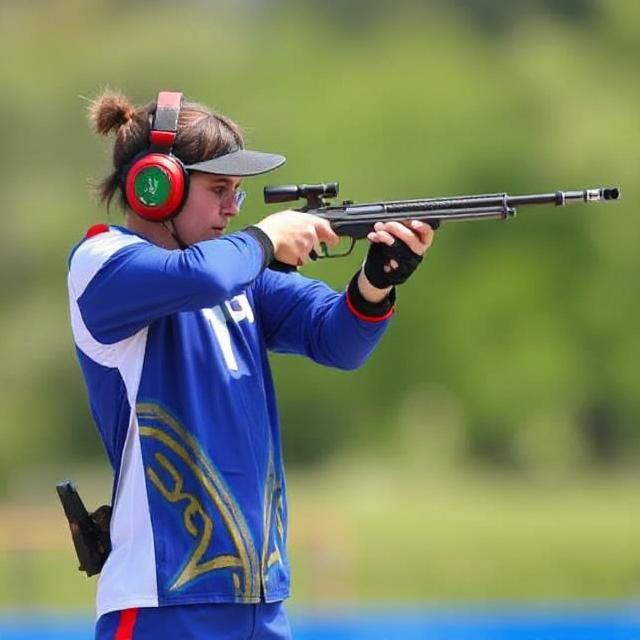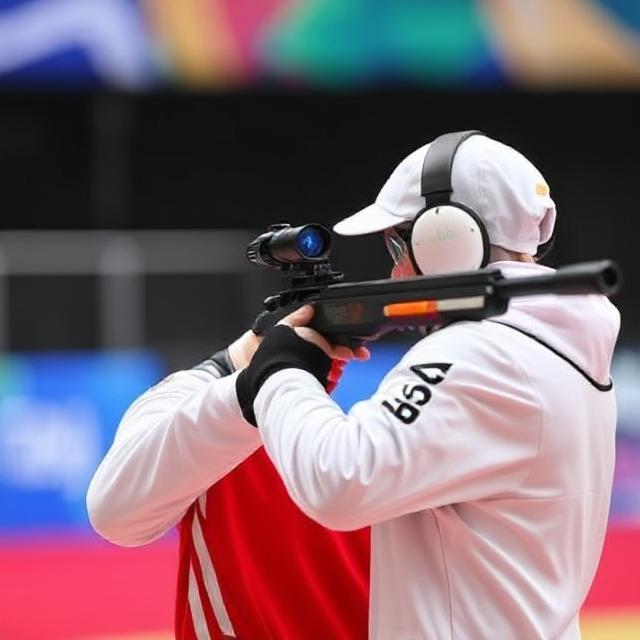How to Become a Shooter in Olympics 2028: A Complete Roadmap
Shooting is one of the most challenging and precision-based sports in the Olympic Games. As the Olympics 2028 draws nearer, countless athletes worldwide are preparing themselves to compete at this elite level. If you’re passionate about target shooting and dream of representing your country on the global stage, now is the time to act.
In this article, we’ll walk you through a detailed roadmap to help you pursue your goal of becoming a competitive shooter at the Olympic Games in 2028—including training requirements, selection processes, and expert strategies.
Understanding Olympic Shooting Events
Olympic shooting features multiple disciplines involving rifles, pistols, and shotguns. Athletes are judged based on accuracy, control, and consistency across various formats. The sport is categorized into:
- Rifle Events
- Pistol Events
- Shotgun Events (including Trap and Skeet)
Each discipline has its own unique rules, equipment, shooting positions (standing, kneeling, prone), and scoring techniques. Excelling in any of these requires long-term dedication, focus, and technical mastery.

Step-by-Step Plan to Compete as a Shooter in Olympics 2028
Olympic shooting qualification process
1. Begin Early and Identify Your Strengths
Choosing your shooting discipline is the first key step. Try out different types—such as rifle, pistol, or shotgun—to see which one suits your natural skills and interest. This decision will guide your future training and specialization.
Recommended Starting Age: While many professionals begin training as early as age 10–15, you can still succeed with determination and the right training environment.
2. Enroll in a Recognized Shooting Institute
Training under experienced coaches at a certified shooting academy will provide the foundational skills you need. Look for academies affiliated with your country’s sports or shooting federation. The right academy offers:
- Skilled coaching staff
- Proper equipment and range facilities
- Structured training programs
- Opportunities to compete in beginner-level matches
3. Secure Necessary Licenses and Build Your Shooter Profile
Depending on your country’s regulations, you may need to obtain a legal license to practice and compete. Alongside this, maintain a record of your scores, tournament performances, and certifications. A well-maintained portfolio helps when applying for official rankings and selections.
4. Climb the Ladder: Compete in Local and National Matches
Progressively competing at various levels is vital for growth and recognition. Follow this competitive path:
- Begin with local club and district-level events.
- Move on to state and national-level championships.
- Consistently aim for high scores and podium finishes.
These performances will help you qualify for national rankings and build visibility with your country’s shooting federation.

5. Register with Your National Shooting Body positively
Every country has a national shooting federation responsible for managing Olympic selection. To get noticed:
- Officially register as a shooter.
- Participate in ranking tournaments organized by the federation.
- Attend national training camps if invited.
Federation rankings and coach evaluations play a critical role in determining future selection for international events.
6. Qualify Through International Competitions
To earn a spot at the Olympics, you need to secure a quota place for your country. This is usually achieved through top performances in:
- ISSF World Cups
- Continental Games (e.g., Asian/European Championships)
- World Championships
- Olympic Qualifying Events
You must also achieve the Minimum Qualification Score (MQS) set by the International Shooting Sport Federation (ISSF) to be eligible for Olympic selection.
7. Develop Physical and Mental Discipline
Olympic shooters undergo rigorous mental and physical training. Consistency and composure under pressure are essential for success. Your training should include:
- Core strengthening and endurance exercises
- Breathing techniques and focus training
- Visualization, meditation, and stress control
- Proper nutrition and sleep cycles
Regular check-ins with sports psychologists and physical trainers are often recommended at the elite level.
8. Use Professional-Grade Equipment
To compete at the Olympic level, you’ll need gear that complies with ISSF standards. Consult your coach before investing in:
- Rifles, pistols, or shotguns (discipline-specific)
- Shooting jackets, gloves, boots, and visors
- High-precision scopes, ammunition, and cleaning kits
Using the right equipment ensures familiarity and performance stability during competitions.
9. Seek Financial and Institutional Support
Olympic-level preparation involves travel, equipment, coaching, and tournament expenses. You can explore funding options like:
- Government-sponsored athlete programs
- Sports scholarships
- Private sponsorships and endorsements
- Support from sports units of military or police forces
Some athletes also train under national sports academies with elite facilities and international exposure.
10. Compete in Olympic Trials (2027–2028)
Each country conducts final selection trials, usually 6–12 months before the Games. This is the last and most crucial step in your Olympic journey. Selection is generally based on:
- Federation rankings and past performances
- Scores in international qualifiers
- Coach and federation assessments
- Physical and mental fitness tests
Conclusion: Your Olympic Dream Starts Now
Becoming an Olympic shooter by 2028 is an ambitious yet achievable goal. It demands unwavering commitment, technical mastery, and a resilient mindset. Start now—build your foundation, compete fearlessly, and stay focused. Every elite athlete was once a beginner, and your path to Olympic shooting glory starts with that first shot.
Python Lists and Their Applications